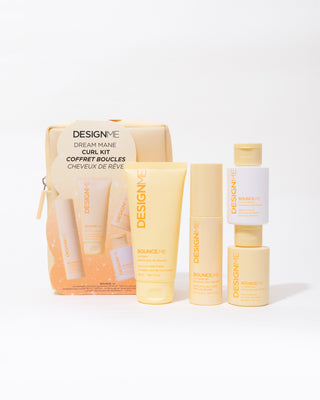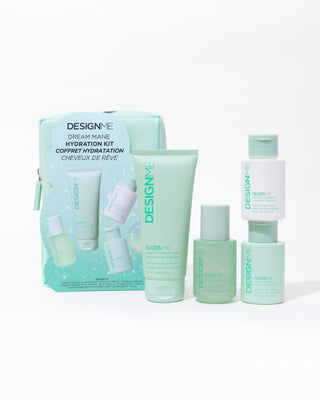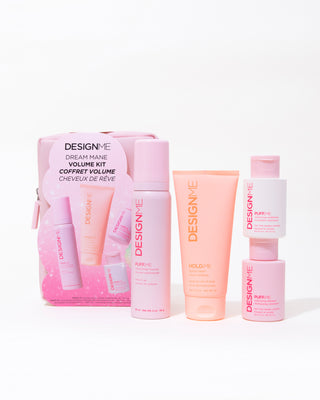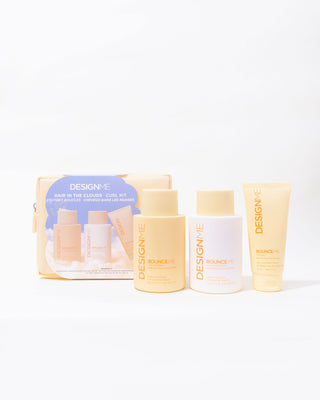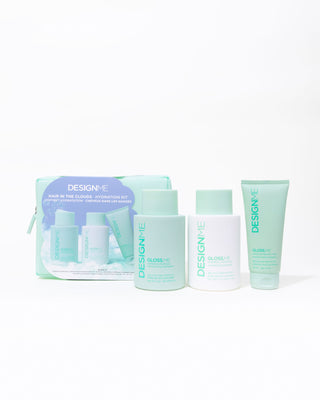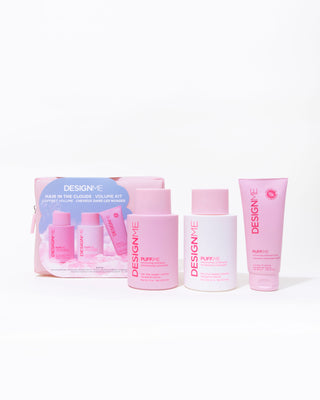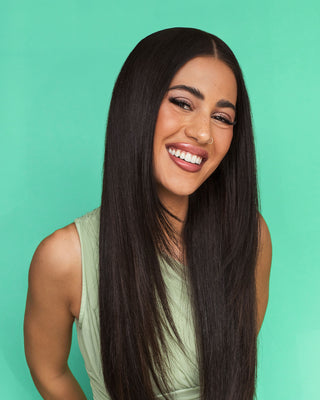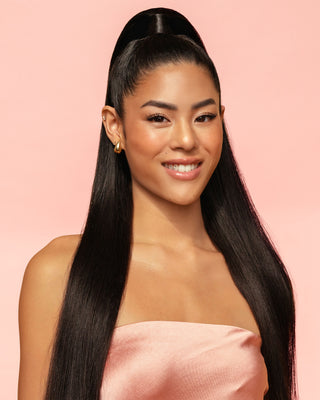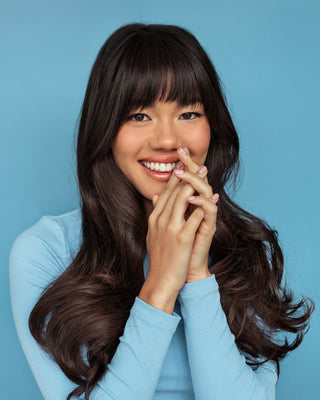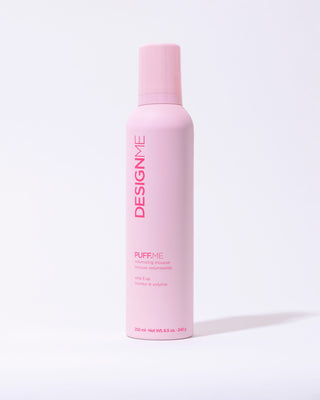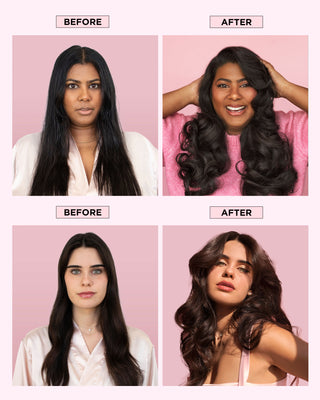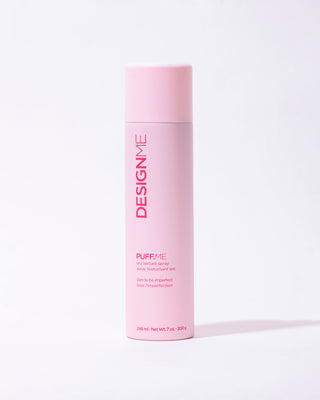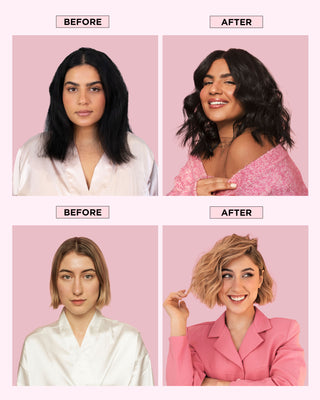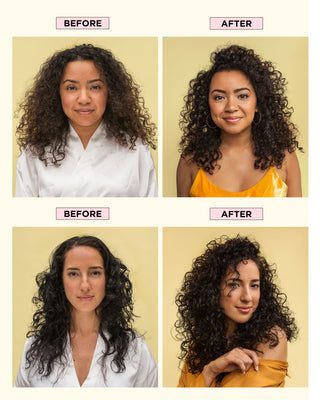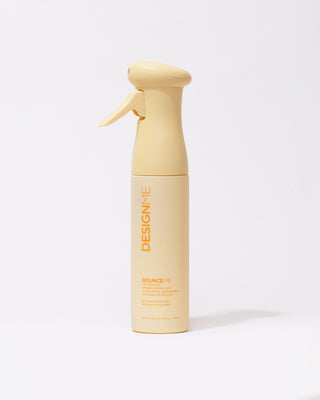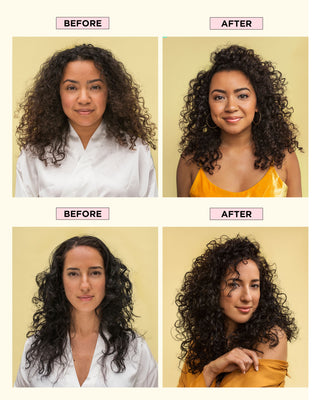We are all on a quest to be the best versions of ourselves, hopefully not only outwardly but inwardly as well. As a hairstylist it’s essential when I have an initial consultation with a new client that I ask some pretty simple questions about their hair, and their hair routine. I am often surprised at some of the answers that I get, and then it hits me - I’ve had 15 years of experience and 1500 hours of schooling on this stuff, plus an almost infinite amount of continued education. Most consumers are flying blind when it comes to their haircare. My hope is to simplify and decode some situations- and I trust that after reading this you can navigate the right products for you.
WHAT IS MY HAIR TYPE?
We have 3 separate things to look at when it comes to your hair type. Density, Thickness and Texture are what we focus on. Sometimes these can overlap in conversation, but in reality, they are separate things.
Density is how much hair do you have in a square inch. Is it tightly packed or can you easily see your scalp? We have three levels- thin, medium, thick.
Thickness is looking at the individual hairs on your head. If you pull out one hair- is it nearly invisible? Or does it feel/resemble a tree trunk? We have three levels - fine, medium, coarse.
Texture is asking whether it is straight, wavy or curly. Straight is usually pretty obvious, but wavy and curly open a whole new universe. Wavy hair has a “S” shape to it, whereas Curls have rotation. Then we go further to coily, where the hairs are so compressed when you extend it, it looks like a compacted letter Z.
You can be a combo of many of these as well. You can have Dense (Lots of hair) with Fine (very soft feathery strands) with a wave (light S pattern.) You could also be a Thin (sparse hair per sq inch) with Coarse (wiry, almost sharp hair) that is straight (no wave or curl pattern). Or you could have Medium (average… but not sparse), medium strands (not coarse or wavy but not overly soft) and curly hair (you see rotation in the curl clumps).
Once we can use the appropriate words to describe our hair- we can then go on to find the routine we need.
When it comes to assessing your hair type, the primary focus is on three distinct factors: density, thickness, and texture. A combination of these will determine the type of hair you actually have.
WHY IT MATTERS?
I often find that my clients end up using shampoos and conditioners that really don't benefit them in the short term or long term. Speaking in generalities- fine hair usually needs more protein, that's why it's very fragile and can shed easily. Thicker hair generally needs more hydration and that's why it's not as shiny and reflective when it's looked at. When I find a thick-haired client of mine is using a protein based shampoo and conditioner, I'm not surprised that their hair doesn't feel soft because it's not meant for them. I’ve also had consultations with fine-haired clients complaining of their hair being lifeless and weighed down, only to discover that they have purchased a shampoo that’s hydrating and advertising shine. It’s likely not for them, too many ingredients with a heavy molecular weight.
OUR ROADMAP TO HAIRCARE
Our basic roadmap to haircare includes:
- Cleansing
- Conditioning
- Priming
- Styling
These are steps that each serve a purpose and will help in your overall finished look.
FOR FINE HAIR:
Use a volumizing shampoo & conditioner like the PUFF.ME Shampoo and Conditioner. This duo is lightweight, deeply cleansing but not stripping and also plumps the hair so it appears denser.
Once a week, you can substitute the conditioner with a volumizing treatment like the PUFF.ME volumizing treatment whip to add weightless volume and bounce.
Blowing your hair out? Use PUFF.ME volumizing mousse- an award-winning mousse that adds major volume and helps hold the lift you seek. It also contains heat protectant that will help to protect your hair. If you're also adding waves or curls after the process, use PUFF.Me dry texture spray to grip the style and increase the OOMPH.
If you have fine hair but it's wavy or curly, you can mix up a few products to achieve a perfect look. Use PUFF.ME volumizing mousse generously, coating all your hair then go ahead and seal it all in with a curl styling product such as the BOUNCE.ME curl spray gel to add definition and reduce frizz. Diffuse for maximum volume.
FOR MEDIUM HAIR:
This is a personal tip that I speak with experience. I was a lifeguard before I was a hairstylist.
Each and every day we were required to swim 20 laps in the pool. The results were, let’s just say, obvious. But I have a simple solution for you to try out - soak your hair with normal water before you get it wet with the pool water or salt water. Soaking it in advance means that your hair is going to be saturated with clean water vs. the bleach water (that’s essentially what chlorine is) in the swimming pool. If at a gym or public pool the shower is the perfect spot to accomplish this, but a bottle of water will work in a pinch.
Don’t seasonally give your hair an extreme makeover
Perhaps you used to be like me, and every season switch things up? I would add red in the fall, go dark in the winter, just to re-blonde it for the 10th time come Spring and Summer. Warm tones? No thank you, I want cool blonde highlights. All of this stresses your tresses, which can lead to excessive dryness and breakage. If you want to really remedy this situation? Stick to demi permanent color (ask your hairdresser your options) or keep the highlights no brighter than 2-3 levels lighter than your natural color. In addition, if you end up colouring your hair, consider using a hair serum or a hair repair treatment to keep hair looking smooth and moisturized.
Focus on Hydration not Strengthening
Make sure your shampoo and conditioner are focusing on hydration and moisture, not something else like strengthening or reconstruction. Too much protein will make the hair feel brittle over time. So, look for descriptive words like “moisturizing”, “hydration”, “butter”, and “balm”. Search for ingredients like shea butter, hyaluronic acid, argan oil, mango extract, sunflower seed oil. These are all great hydrators that will lessen the appearance of dryness and work to bring that hydration from your scalp to the ends.
Turn down that heat on your tools!
Let me ask you what temperature you bake cookies at? 350 degrees. Consider this- what temperature are most flat irons operating at? 350-425 degrees! Would you ever consider grabbing a hot pan from the oven without any type of protection? Absolutely not. The lesson here is we don’t want to cook our hair. Make sure you always use heat protection, it’s another non-negotiable. If you have a hot tool that has an adjustable temperature experiment with turning it all the way down to its lowest setting. Give it a few minutes to pre-heat and then try it out, the results may surprise you!
Well, there you have it, my 5 semi-unconventional tips for dealing with dry hair. Hopefully you've taken something away from this that you find valuable! You can always take our hair quiz on DESIGNME Hair if you're suffering with dry hair to find a customizable routine that can give you your best hair days ever!
Sarah Heath is from Boston, Massachusetts and is a true hair enthusiast. Throughout her 14 years as a salon professional, she has mastered the art of balancing a behind-the-chair career while sharing professional education around the country for leading industry brands. Her love for DESIGNME was instant and she is so excited to share the love and bring accessible education to all.
Check out our hydrating hair products including shampoo, conditioner, and other styling products!
